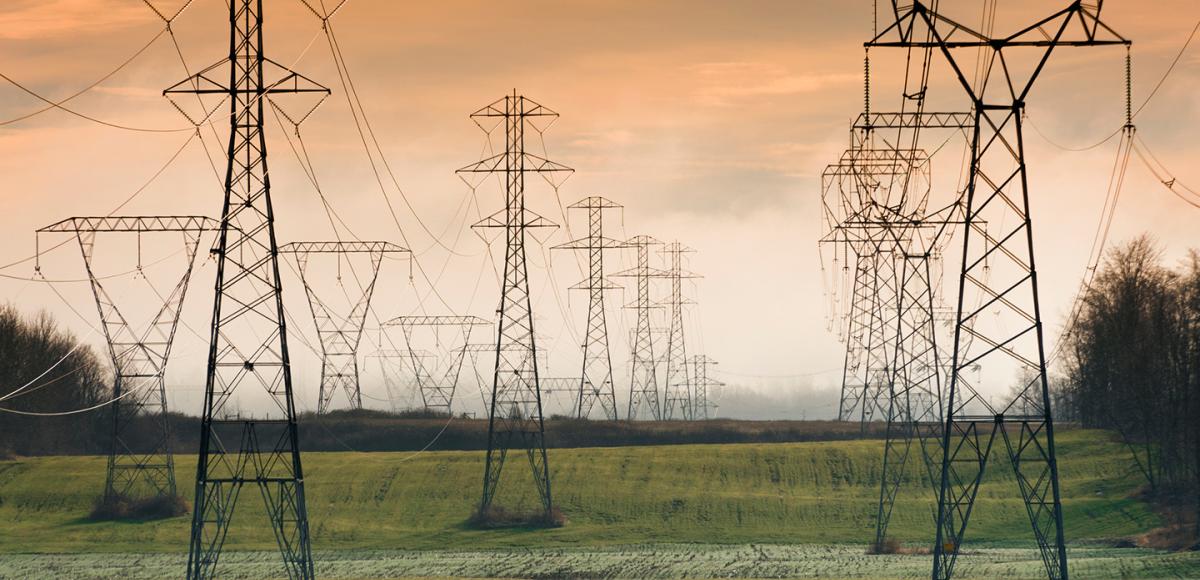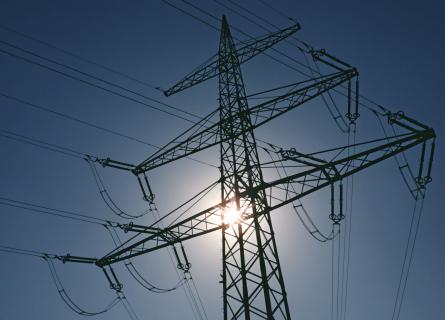
AFRY in the front line of future main grid
Increasing capacity of the main grid by new methods
Today’s electrification revolution creates pressure on the current main grid. When an increasing population needs access to electricity at the same time, the existing grid is not enough to transfer the electricity from the sources in the north of Sweden to larger cities elsewhere in the country. The power lines that connect central Sweden with the major sources of electricity are currently a bottleneck in the system.
To meet the increased demand for power outlets in central Sweden, Svenska Kraftnät (the Swedish transmission system operator) needs to increase the transmission capacity of the main grid in this area within 25 years. However, there is already an increased demand for power capacity today. As a temporary and speedier solution to this, Svenska Kraftnät saw the possibility of replacing the existing conductor with a high-temperature conductor, thus increasing the power transmission capacity of the line without having to take any major measures on the line in general.
AFRY has taken a significant role in the project, providing a detailed design of the replacement of current conductors to high-temperature conductors on the RL8 S5 Valbo-Ultra line. The goal is to increase the power transmission capacity of the line which is currently seen as a bottleneck in the network and at the same time take a few additional measures as possible. This is planned as a temporary solution for the time being until the main network in central Sweden has time to be expanded, as planned.
The use of a high-temperature conductor as a phase line in power lines is a relatively unusual technology and has never before been used in the Swedish main grid. High-temperature conductors can transmit much more current than conventional conductors. The project is a time-limited pilot installation and will be evaluated to see if it can be used as a temporary solution to power problems in the future.
AFRY supports clients and guarantees safe and reliable operation of electrical power systems today and into the future.


